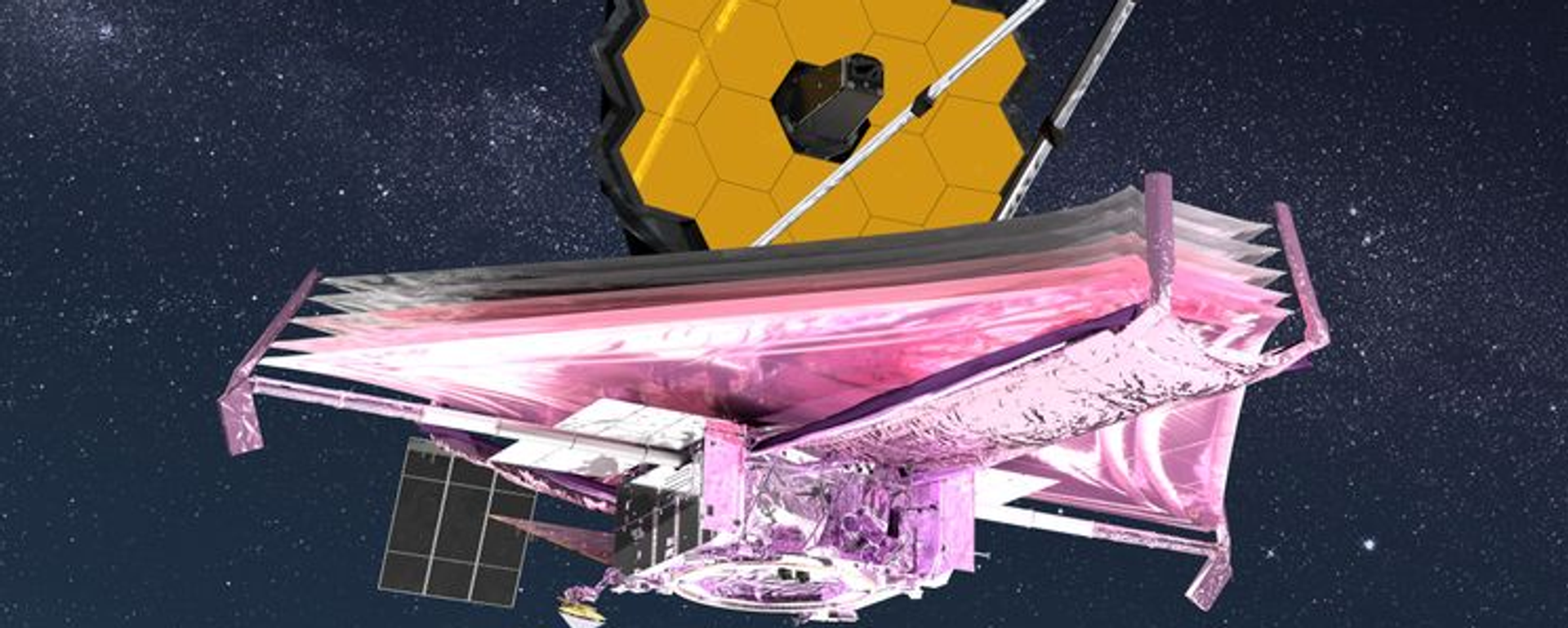https://sputnikglobe.com/20230418/scientists-discover-mechanism-that-may-help-locate-habitable-planets-1109639070.html
Scientists Discover Mechanism That May Help Locate Habitable Planets
Scientists Discover Mechanism That May Help Locate Habitable Planets
Sputnik International
A team of astronomers led by Anna Shapiro from the Max Planck Institute for Solar System Research in Germany has conducted a study to determine the best type of star to look for when searching for habitable planets.
2023-04-18T23:23+0000
2023-04-18T23:23+0000
2023-06-20T17:11+0000
science & tech
cosmos
stars
exoplanets
james webb space telescope (jwst)
space
space exploration
https://cdn1.img.sputnikglobe.com/img/07e6/03/0f/1093877945_0:512:2047:1663_1920x0_80_0_0_06f34dd186b66be8b458de46ee4167db.jpg
Officials recently revealed that the best manner in which to determine life-sustaining planets is to zero in on a galactic body's metallicity.The study shows that for Earth-like planets orbiting sun-like stars, the lower their metal content, the lower their risk of being exposed to the damaging effects of ultraviolet radiation. Scientists also noted that if a planet's atmosphere is rich in oxygen, then the planet itself is better protected by the ozone layer from the harmful effects of ultraviolet radiation.As part of their findings, Shapiro's team modeled the rotation of Earth-like planets around different types of stars, changing parameters such as their metallicity, temperature and ultraviolet radiation power, among other components. In this way they obtained massive data and were able to analyze exactly how and with what efficiency ozone would block damaging UV radiation.Thus, scientists were able to establish it is stars with low metal content and high intensity of UV radiation that will have a greater likelihood of being near potentially habitable planets. However, officials indicated that harmful UV effects were blocked from reaching the surface of an exoplanet because of its behavior with oxygen compounds.Overall, the study highlights the importance of understanding the relationship between a star's metallicity and the potential habitability of its planets. The findings could have important implications for future missions searching for signs of life beyond our solar system. It's anticipated the Webb telescope may in fact aid in such a determination.The article was published in the journal Nature Communications.
https://sputnikglobe.com/20230415/images-of-distant-galaxies-may-challenge-existing-cosmological-model-1109552628.html
Sputnik International
feedback@sputniknews.com
+74956456601
MIA „Rossiya Segodnya“
2023
News
en_EN
Sputnik International
feedback@sputniknews.com
+74956456601
MIA „Rossiya Segodnya“
Sputnik International
feedback@sputniknews.com
+74956456601
MIA „Rossiya Segodnya“
james webb space telescope, stars metallicity, exoplanets, inhabited exoplanets, how do scientists search for potentially inhabited planets, life in far space, astronomy discovery
james webb space telescope, stars metallicity, exoplanets, inhabited exoplanets, how do scientists search for potentially inhabited planets, life in far space, astronomy discovery
Scientists Discover Mechanism That May Help Locate Habitable Planets
23:23 GMT 18.04.2023 (Updated: 17:11 GMT 20.06.2023) A team of astronomers led by Anna Shapiro from the Max Planck Institute for Solar System Research in Germany has conducted a study to determine the best type of star to look for when searching for habitable planets.
Officials recently revealed that the best manner in which to determine life-sustaining planets is to zero in on a galactic body's metallicity.
The study shows that for Earth-like planets orbiting sun-like stars, the lower their metal content, the lower their risk of being exposed to the damaging effects of ultraviolet radiation. Scientists also noted that if a planet's atmosphere is rich in oxygen, then the planet itself is better protected by the ozone layer from the harmful effects of ultraviolet radiation.
"Our findings imply that planets hosted by stars with low metallicity are the best targets to search for complex life on land," the study reads.
As part of their findings, Shapiro's team modeled the rotation of Earth-like planets around different types of stars, changing parameters such as their metallicity, temperature and ultraviolet radiation power, among other components. In this way they obtained massive data and were able to analyze exactly how and with what efficiency ozone would block damaging UV radiation.
Thus, scientists were able to establish it is stars with low metal content and high intensity of UV radiation that will have a greater likelihood of being near potentially habitable planets. However, officials indicated that harmful UV effects were blocked from reaching the surface of an exoplanet because of its behavior with oxygen compounds.
"Paradoxically, whereas stars with higher metallicity, which have appeared later in the history of the Universe, emit less UV radiation, in oxygenated planetary atmospheres the associated stellar radiative spectrum allows less O3 formation, which enhances UV penetration, making the conditions on planets orbiting these stars less friendly for the biosphere on land," the study notes.
Overall, the study highlights the importance of understanding the relationship between a star's metallicity and the potential habitability of its planets. The findings could have important implications for future missions searching for signs of life beyond our solar system. It's anticipated the Webb telescope may in fact aid in such a determination.
"I think this narrows the habitability zone a little bit," Anna Shapiro said in comments to US media. "Our research shows that finding life around metal-poor stars is more promising from this point of view."
The article was published in the journal
Nature Communications.


